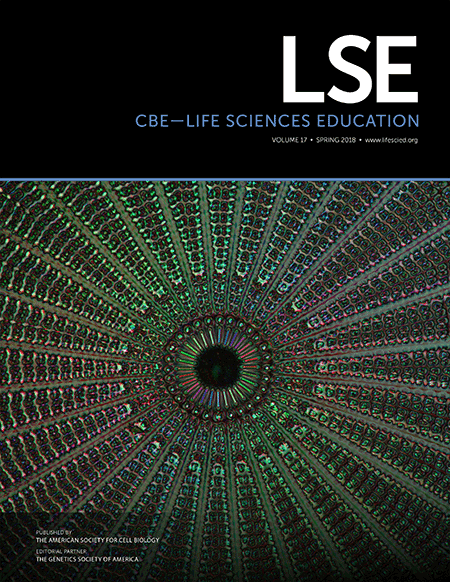Arrows in Biology: Lack of Clarity and Consistency Points to Confusion for Learners
Abstract
In this article, we begin to unpack the phenomenon of representational competence by exploring how arrow symbols are used in introductory biology textbook figures. Out of 1214 figures in an introductory biology textbook, 632 (52%) of them contained arrows that were used to represent many different concepts or processes. Analysis of these figures revealed little correlation between arrow style and meaning. A more focused study of 86 figures containing 230 arrows from a second textbook showed the same pattern of inconsistency. Interviews with undergraduates confirmed that arrows in selected textbook figures were confusing and did not readily convey the information intended by the authors. We also present findings from an online survey in which subjects were asked to infer meaning of different styles of arrows in the absence of context. Few arrow styles had intrinsic meaning to participants, and illustrators did not always use those arrows for the meanings expected by students. Thus, certain styles of arrows triggered confusion and/or incorrect conceptual ideas. We argue that 1) illustrators need to be more clear and consistent when using arrow symbols, 2) instructors need to be cognizant of the level of clarity of representations used during instruction, and 3) instructors should help students learn how to interpret representations containing arrows.



